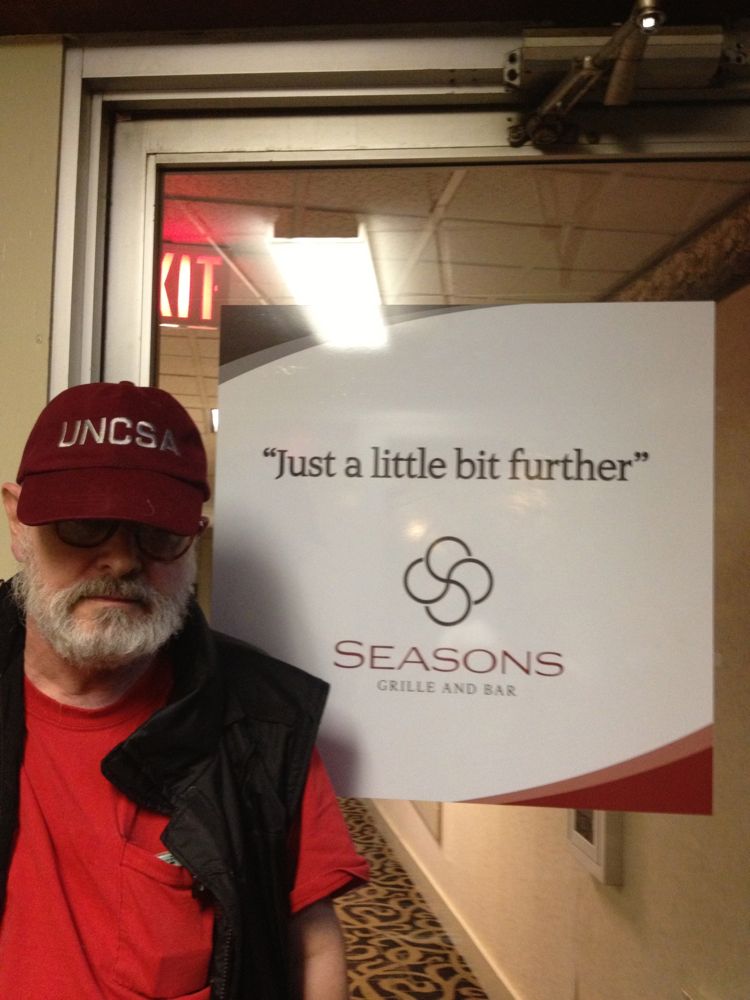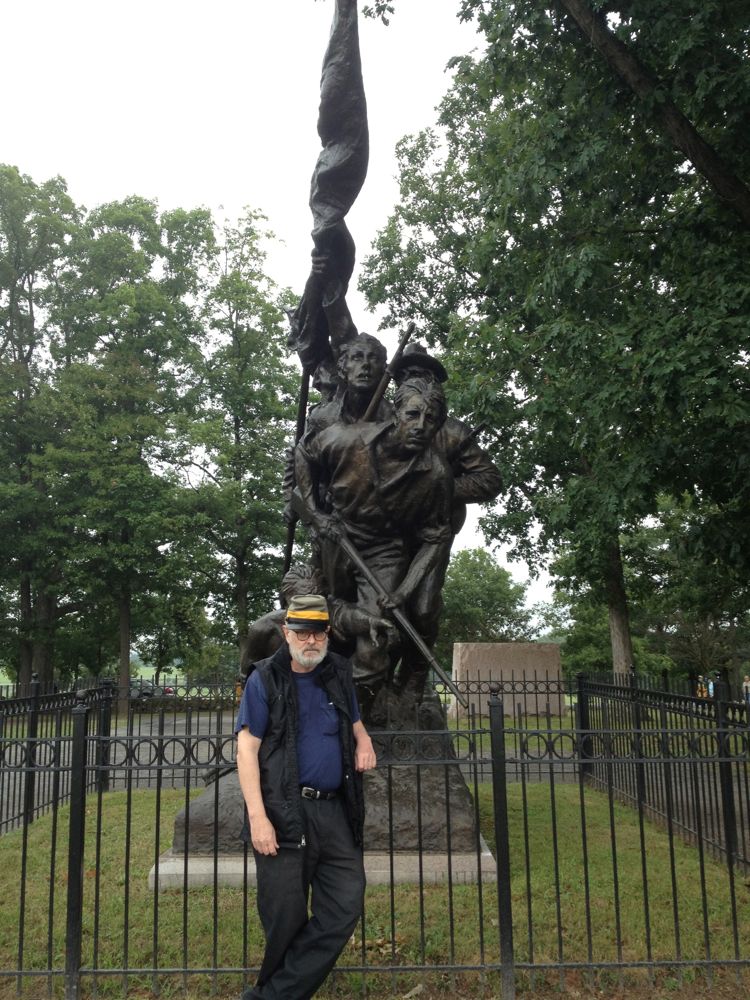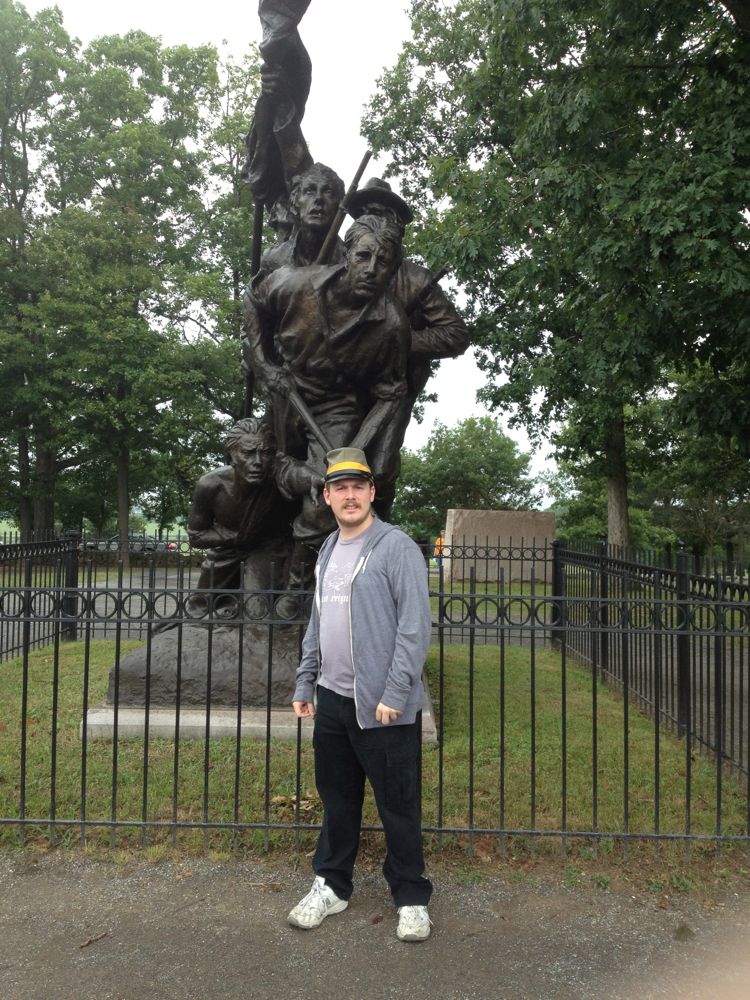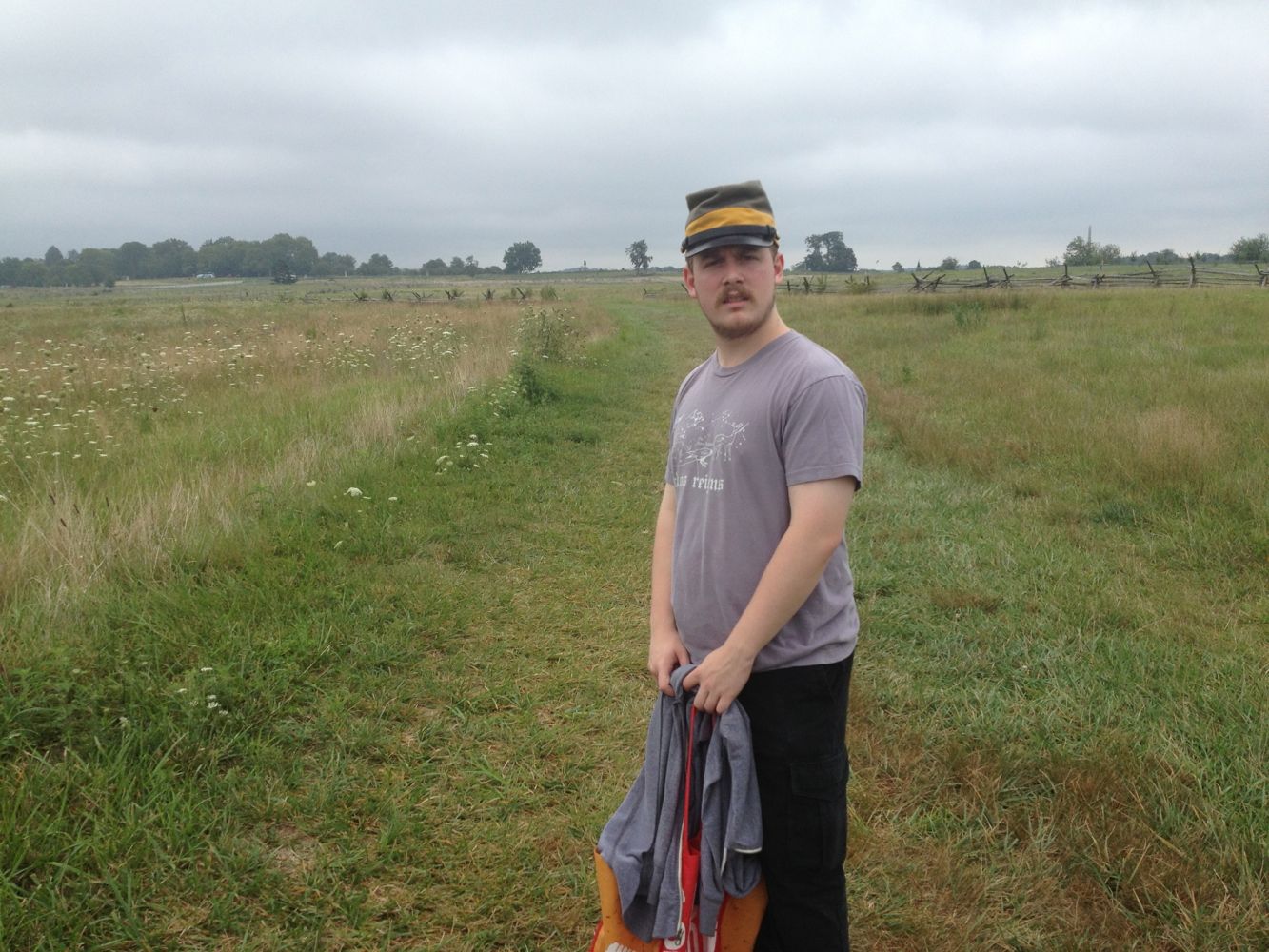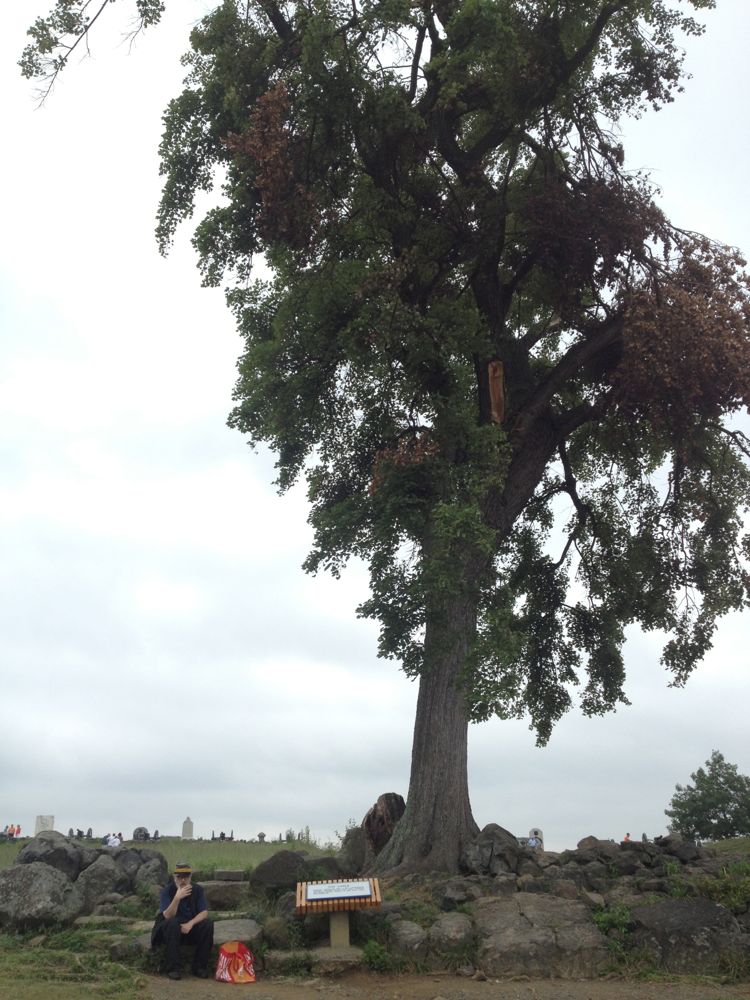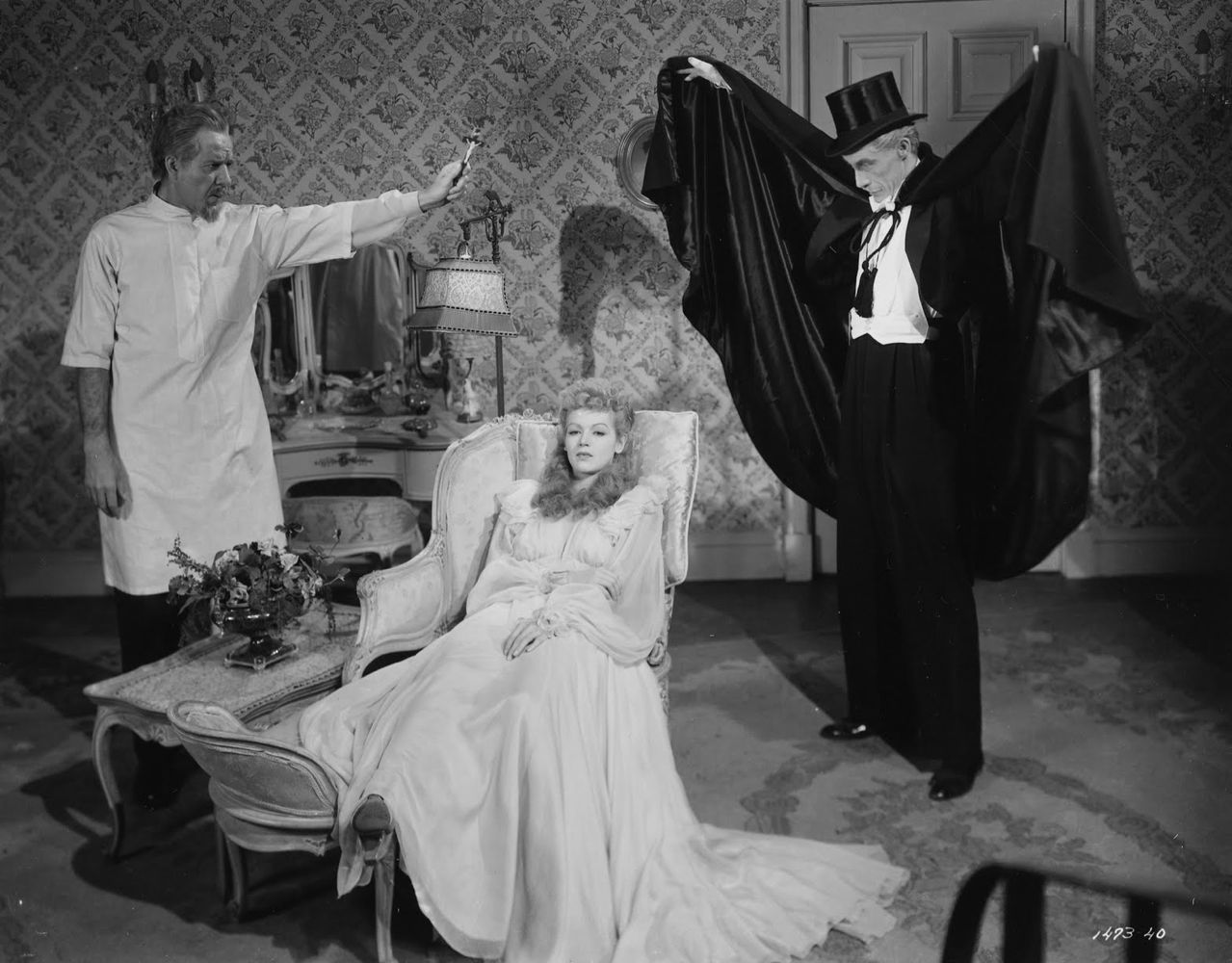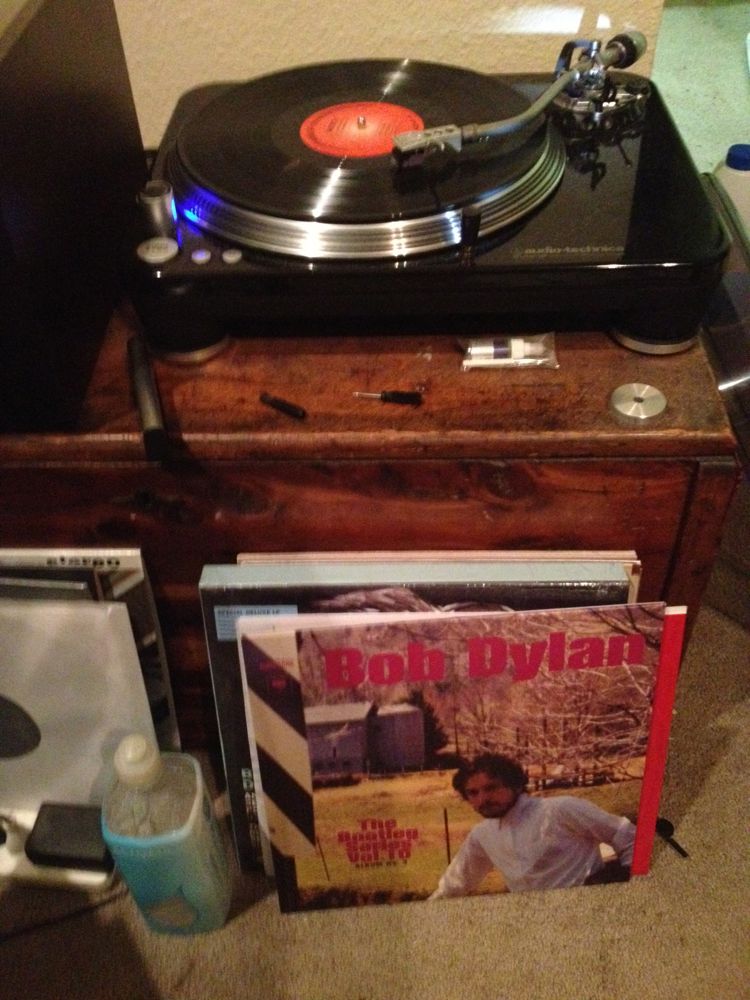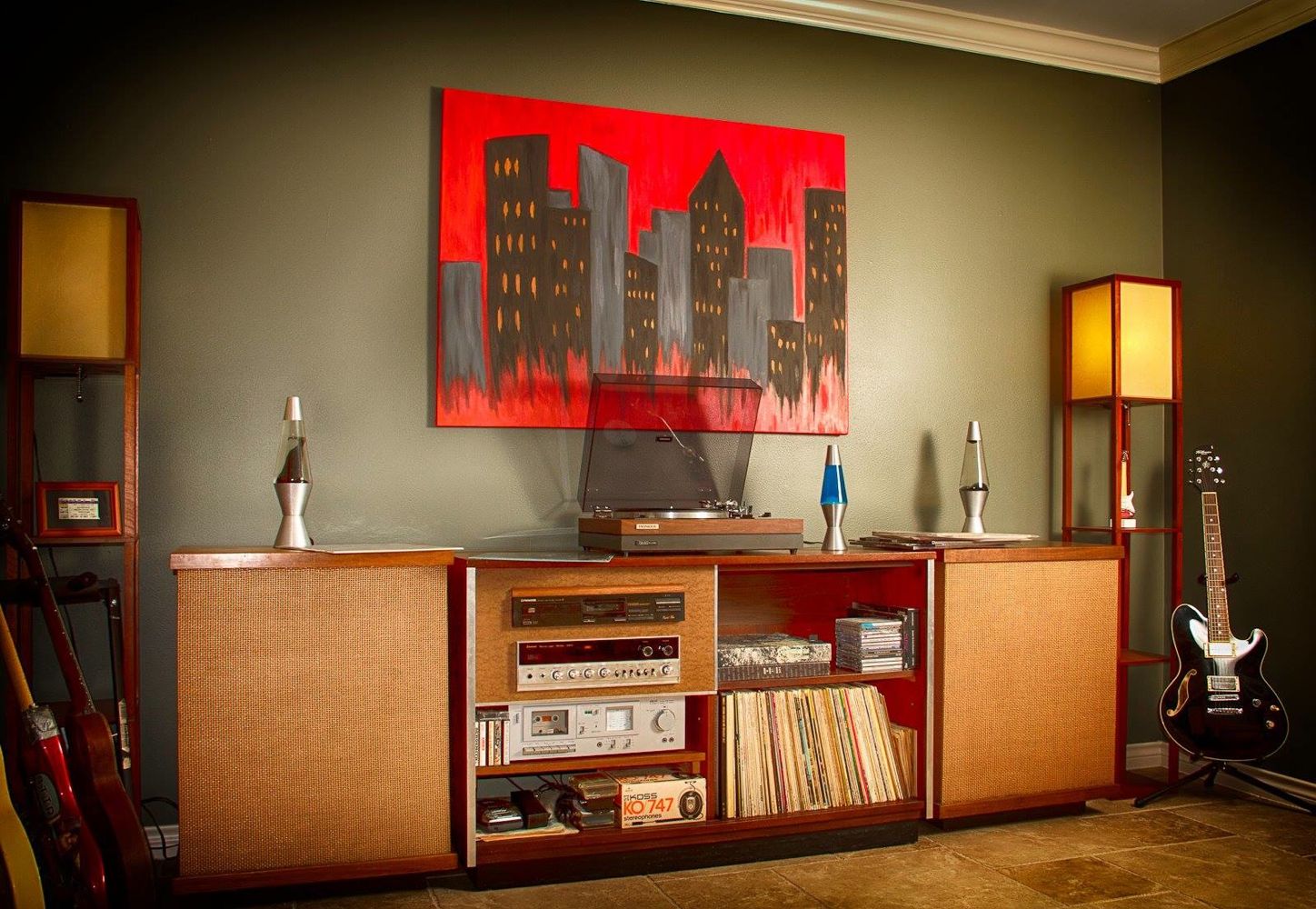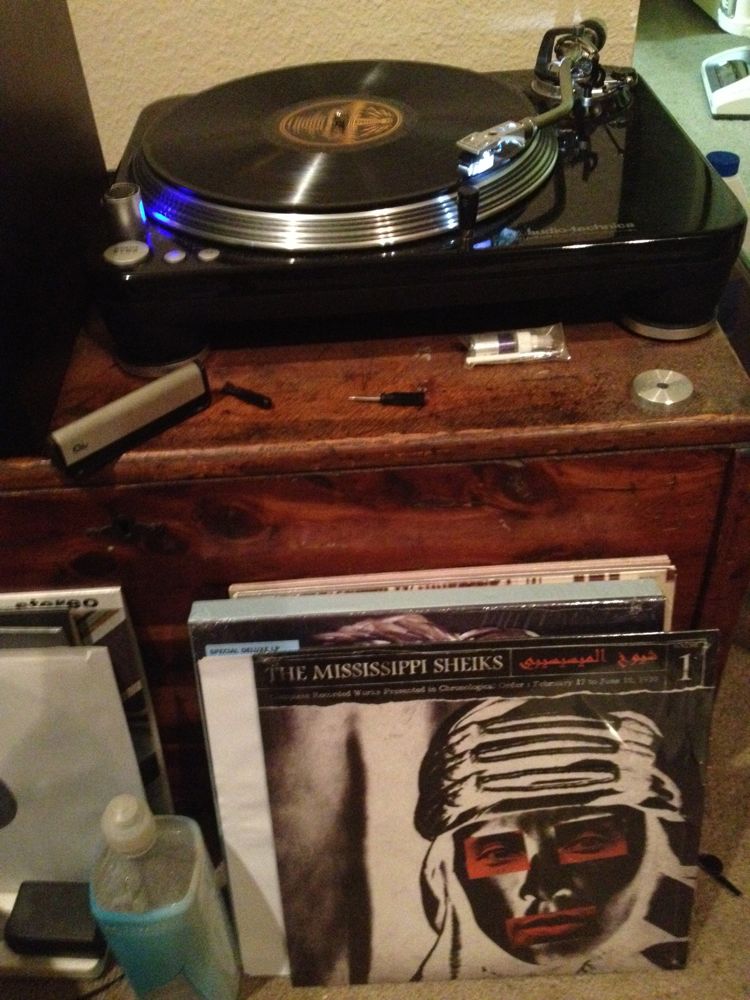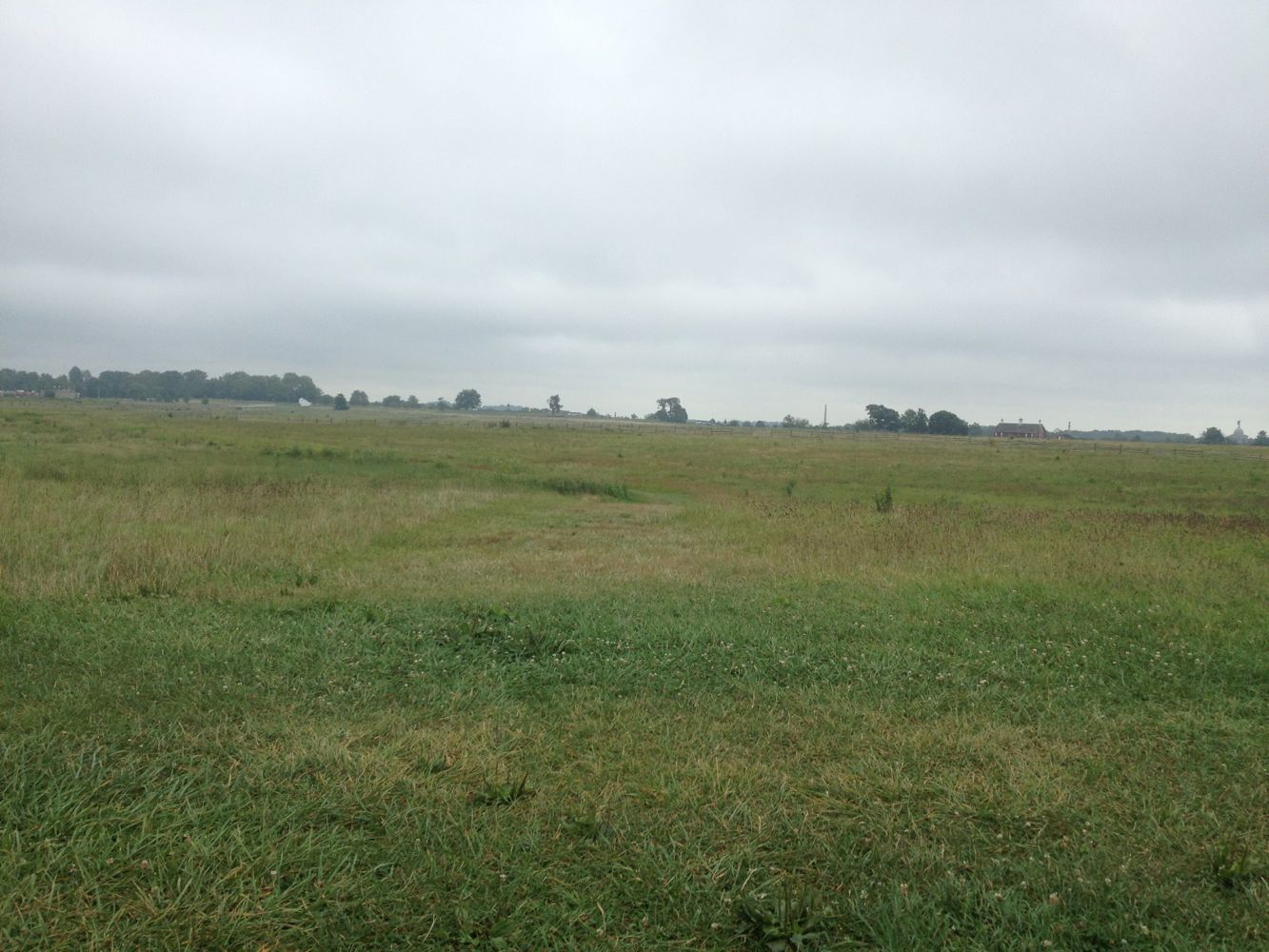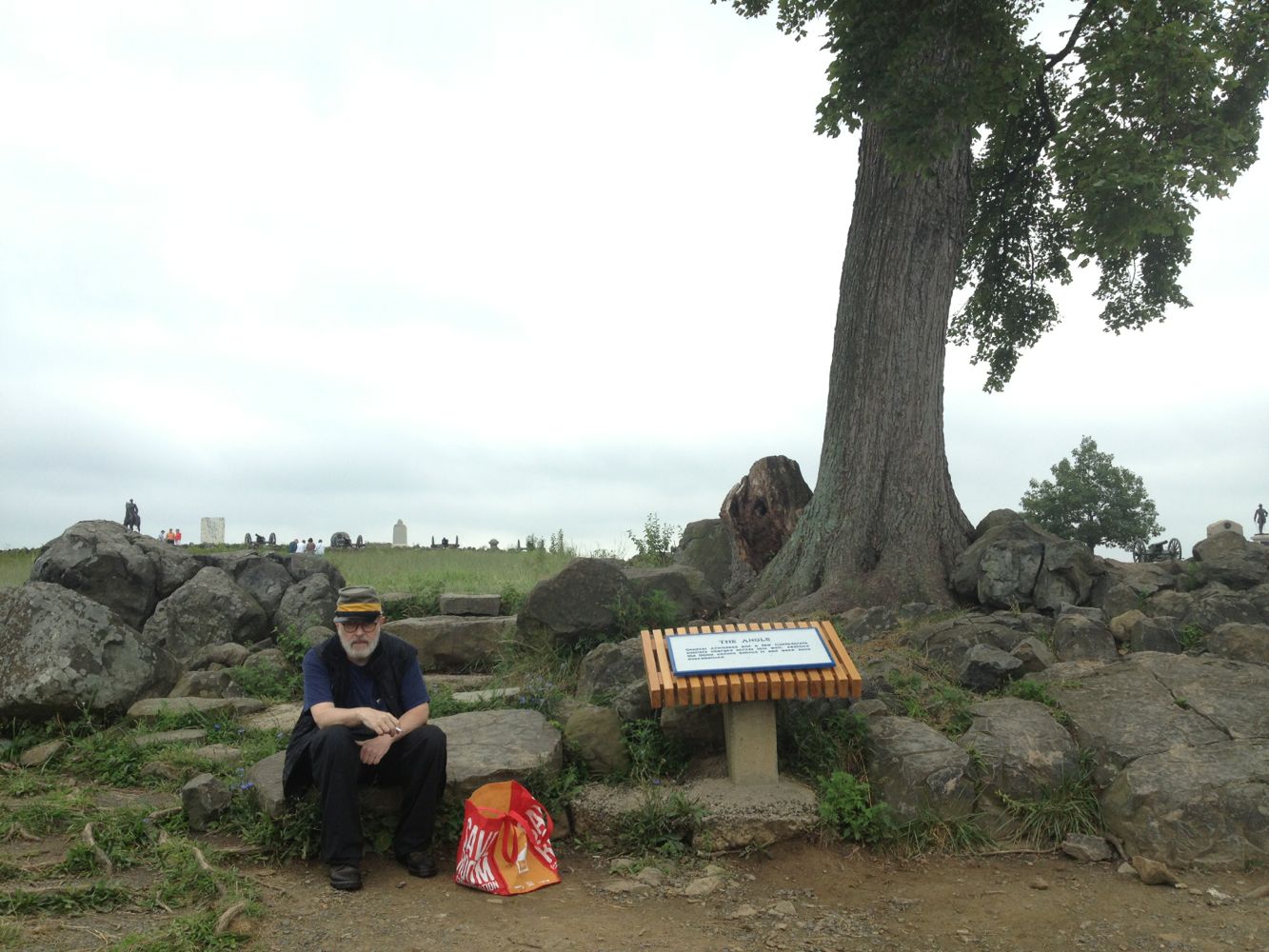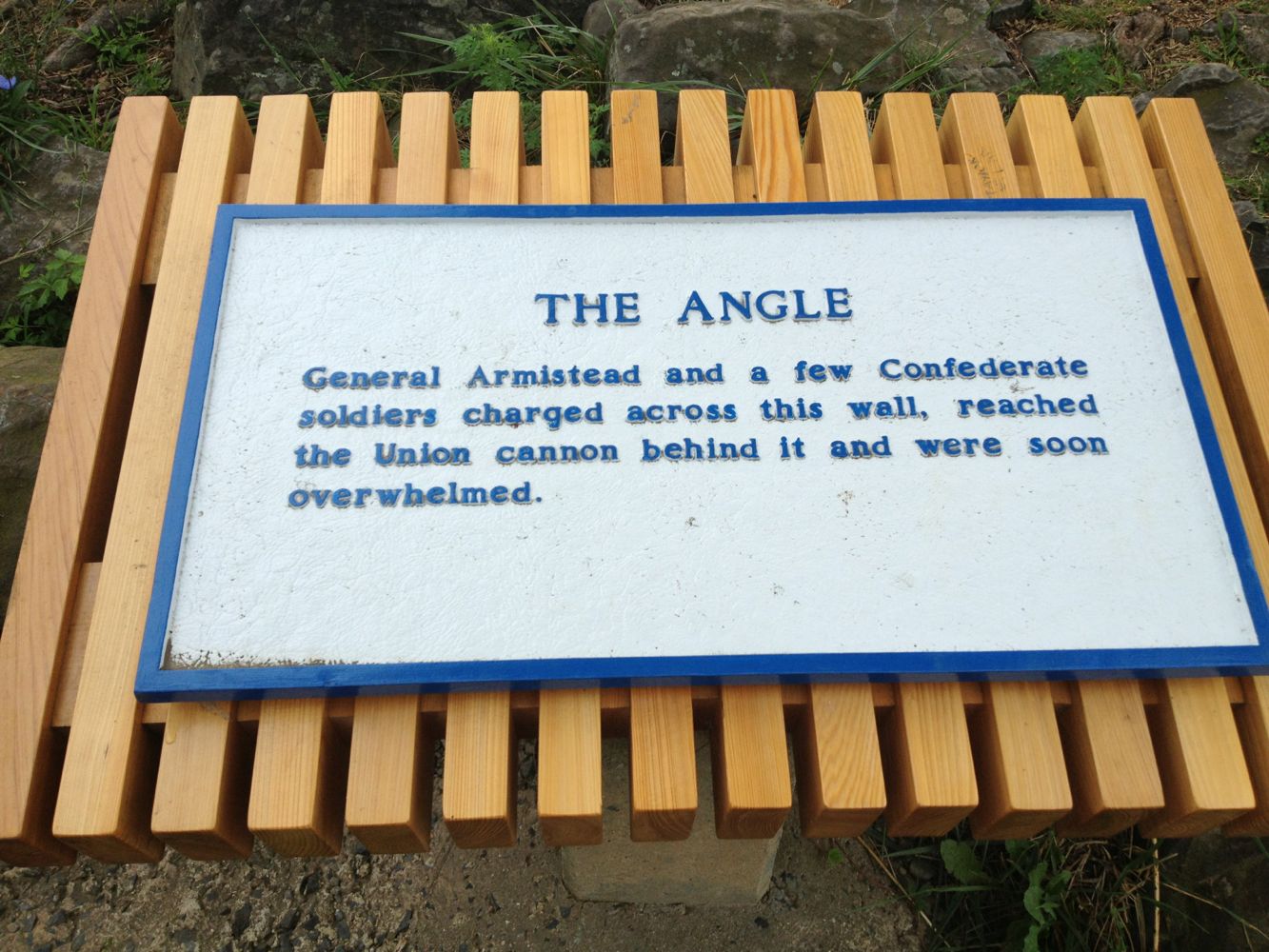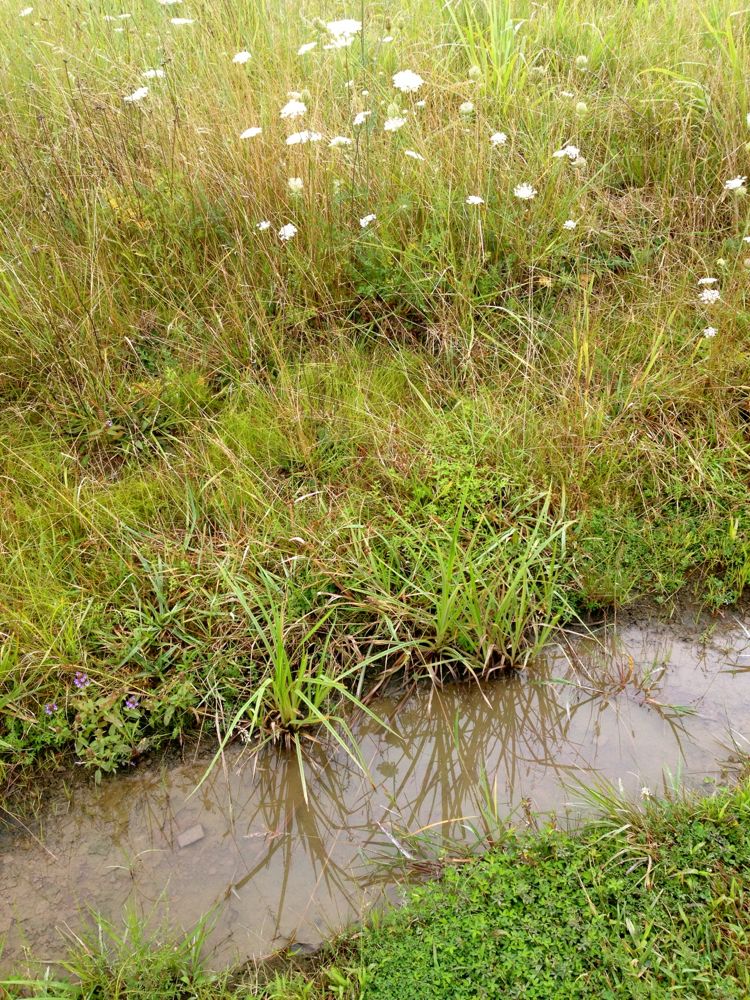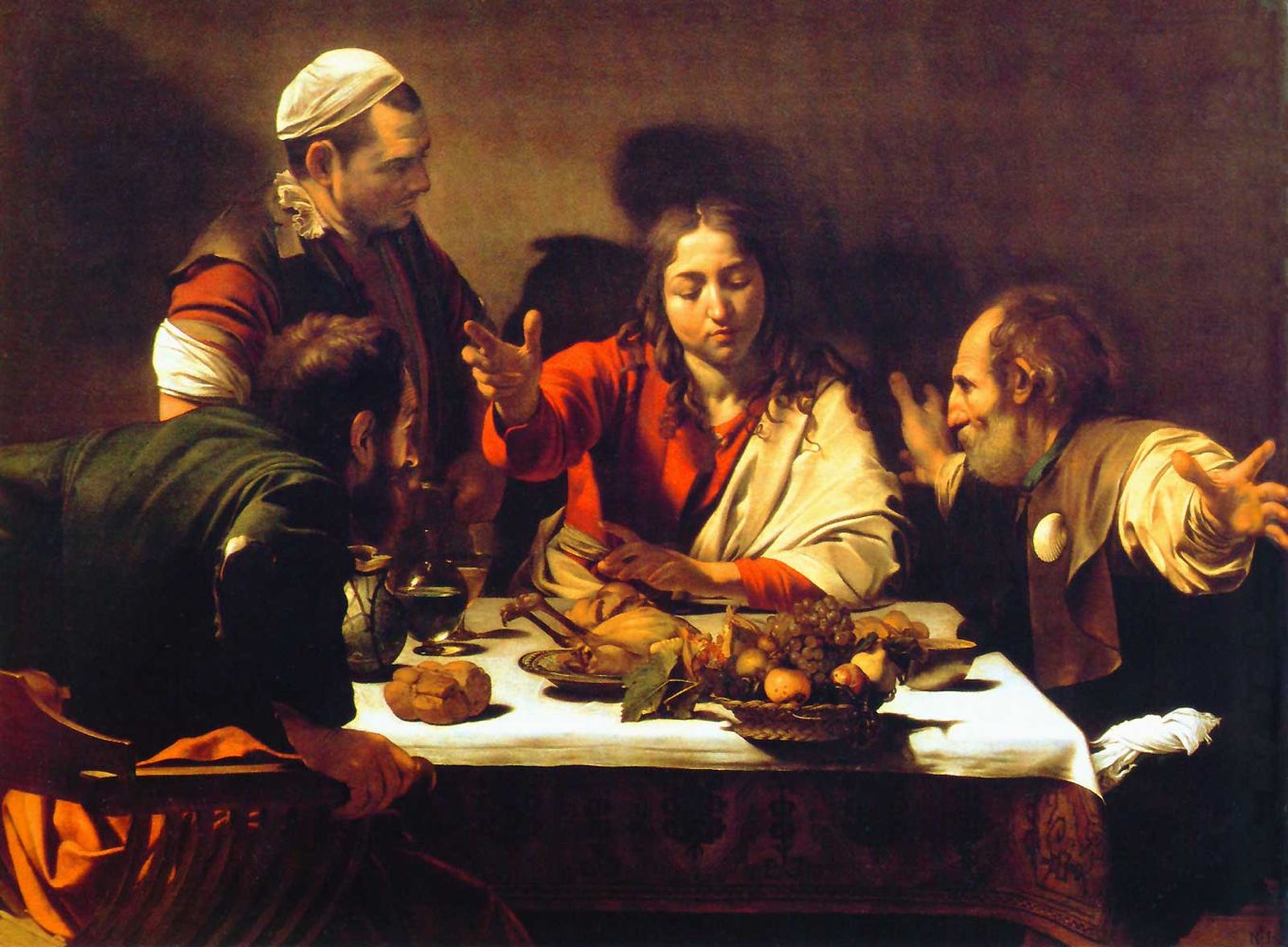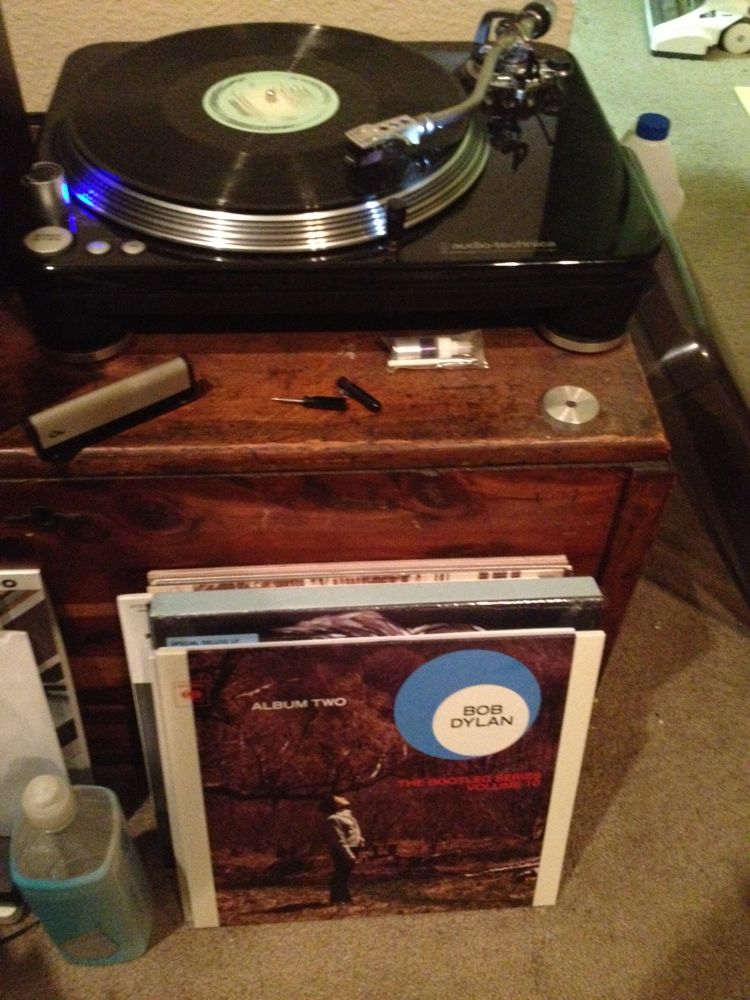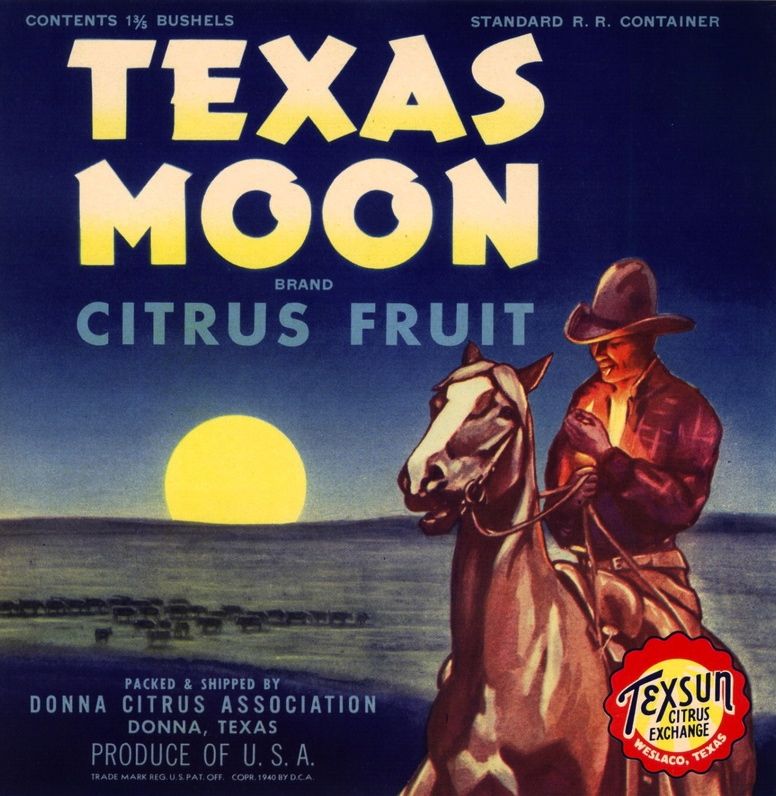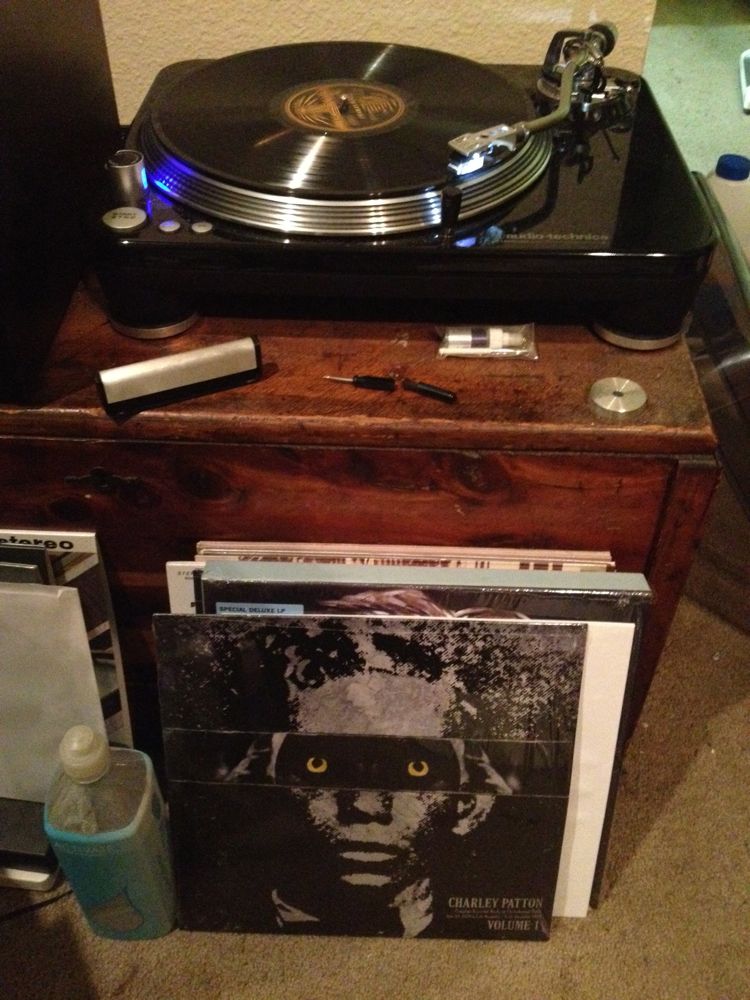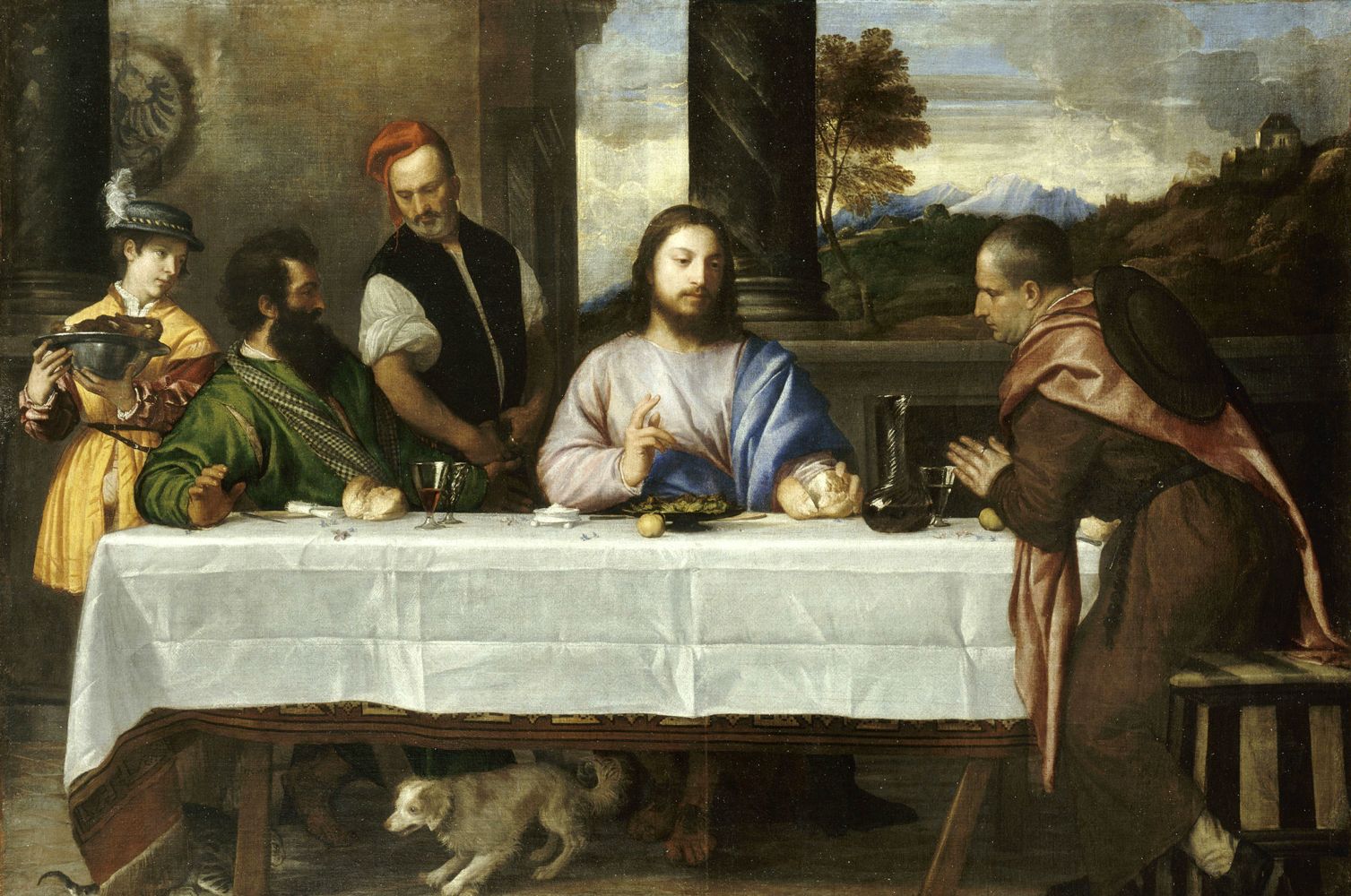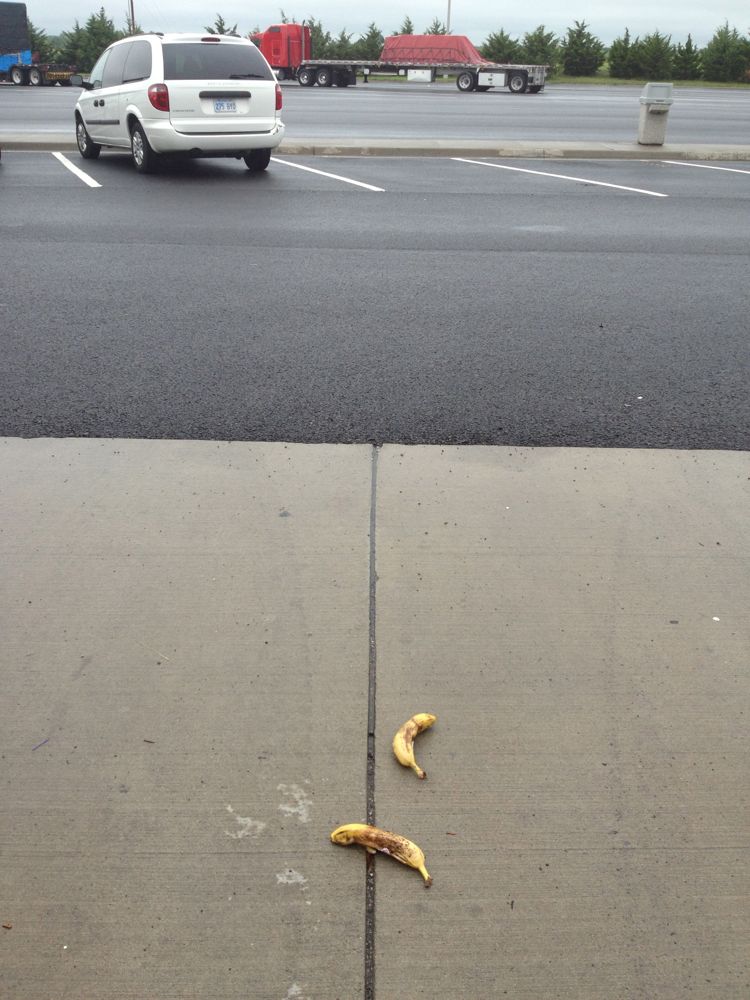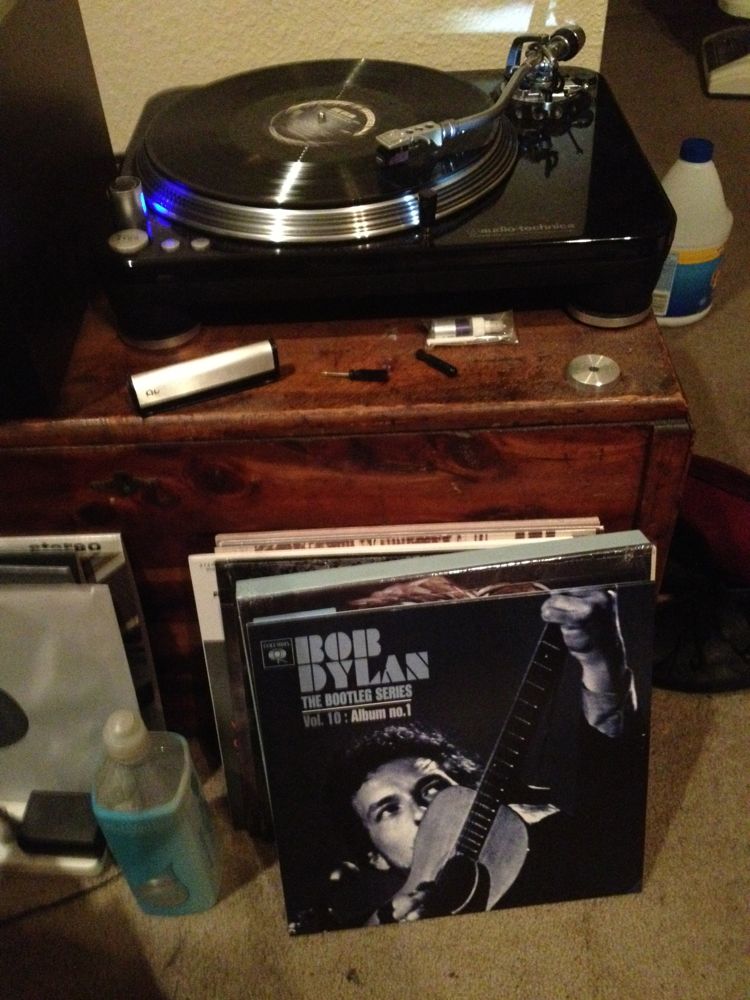
The first of three albums that constitute the vinyl version of the new Dylan box set Another Self Portrait.
I’ve never bought the idea that Dylan was trying to turn his fans off with the original version of Self Portrait. He was trying to reinvent himself after the masterpiece Blonde On Blonde, an unrepeatable masterpiece on whose laurels any artist might have rested for the remainder of his career, doing endless variations on its themes and lyric strategies.
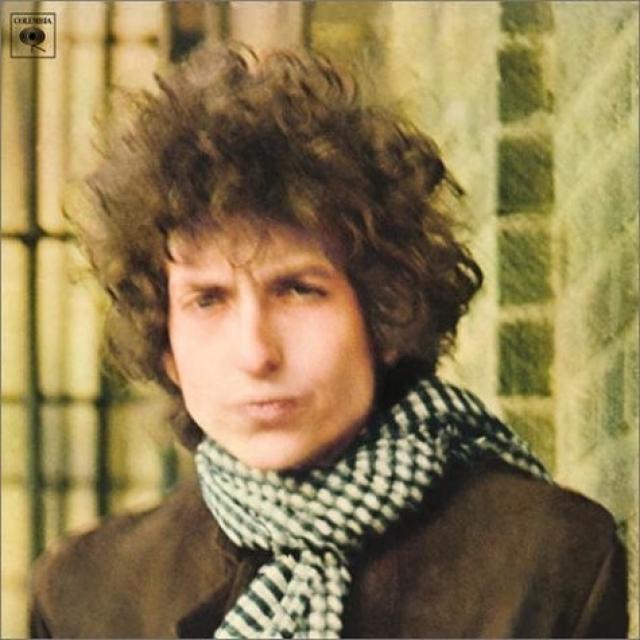
To Dylan, that would have been consigning himself to an early artistic grave, just as remaining a “protest singer” would have. Self Portrait was not an attempt at another kind of masterpiece, it was a search for ways to a rebirth. To the extent that Dylan exposed his searching to public view, it was a deconstruction of himself as a “master” — a presentation of himself as a novice, looking to learn more about his still evolving craft, his still evolving vision.
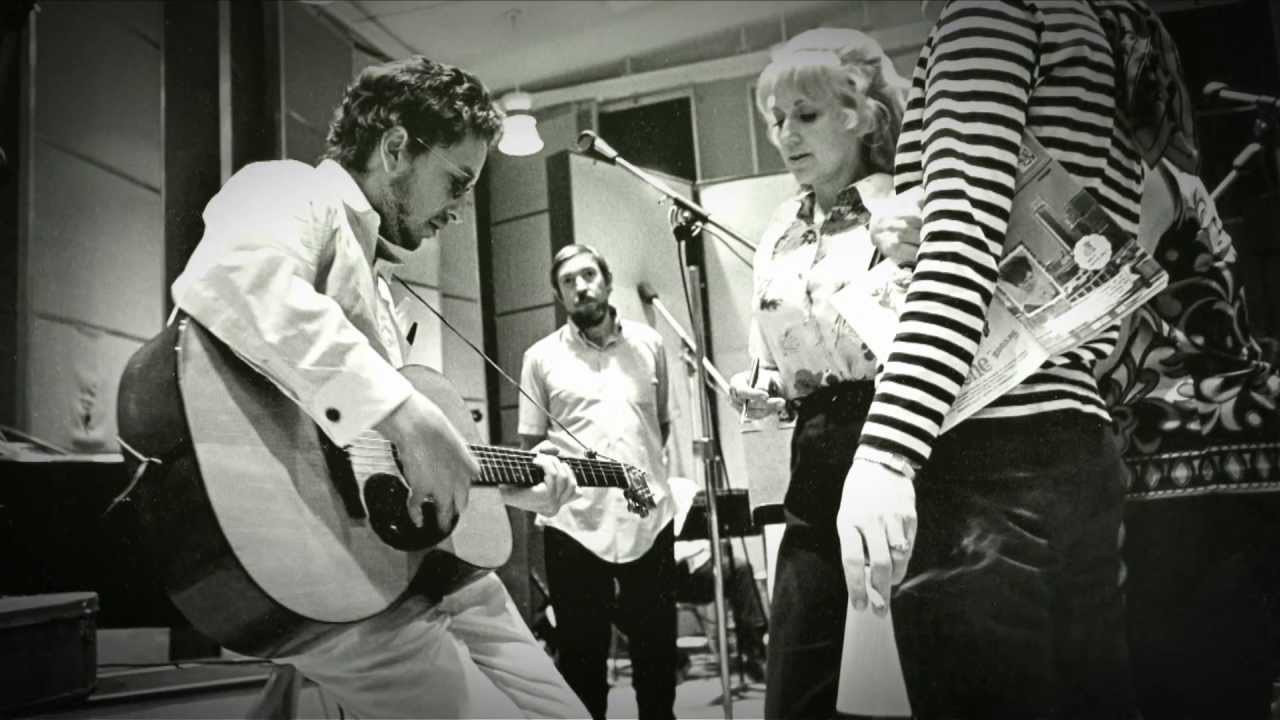
The search took him into the attic of American music, an attic full of stuff from grandpa and grandma’s time, of some new stuff he’d slapped together in his garage workshop, of stuff he’d found in the swap meet of popular music, intriguing but maybe not suitable for display in the living room . . . or maybe most suitable.
He couldn’t know until he hauled it all out into the light of day. In order to make a commercial album out of it, Dylan, or his label, hired some handymen to blow the dust off the stuff from the attic, polish the tarnished brass, repaint the lopsided cabinet — and this was in some sense a betrayal of the search Dylan was on, which was not in any sense commercial.
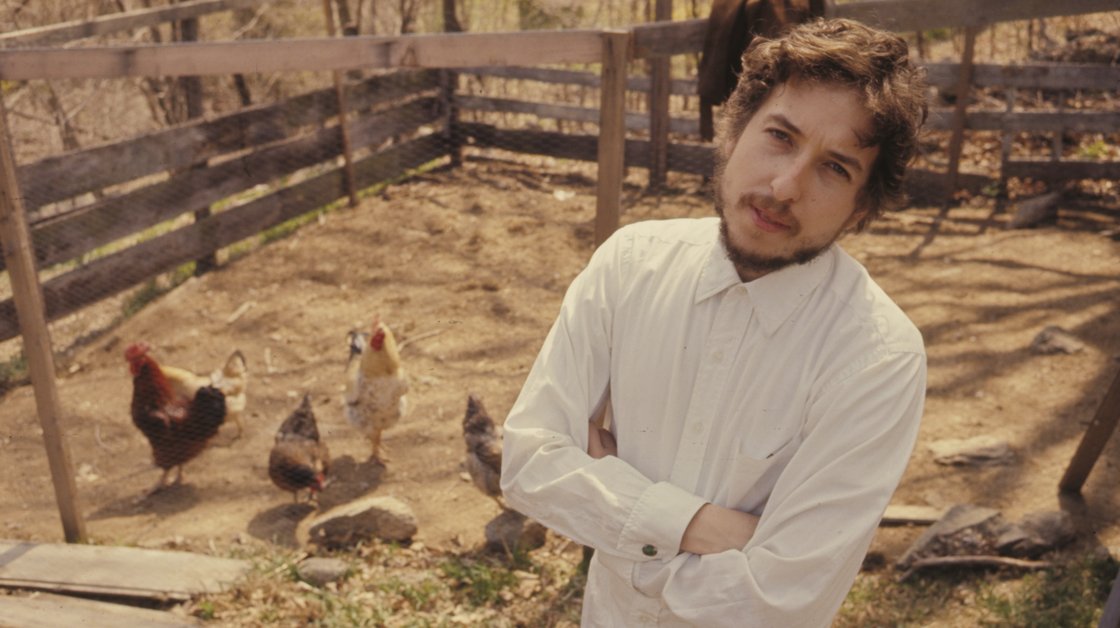
Having just listened to the first record in the new box set, I feel that the material Dylan recorded on his search at this particular time of his life has finally come into its own — rough, improvisational, experimental, quirky, inspiring, and sometimes simply ungainly, unfortunate. We’re back in the attic with Dylan, looking around, handling the objects up there, marveling at them, wondering about them.
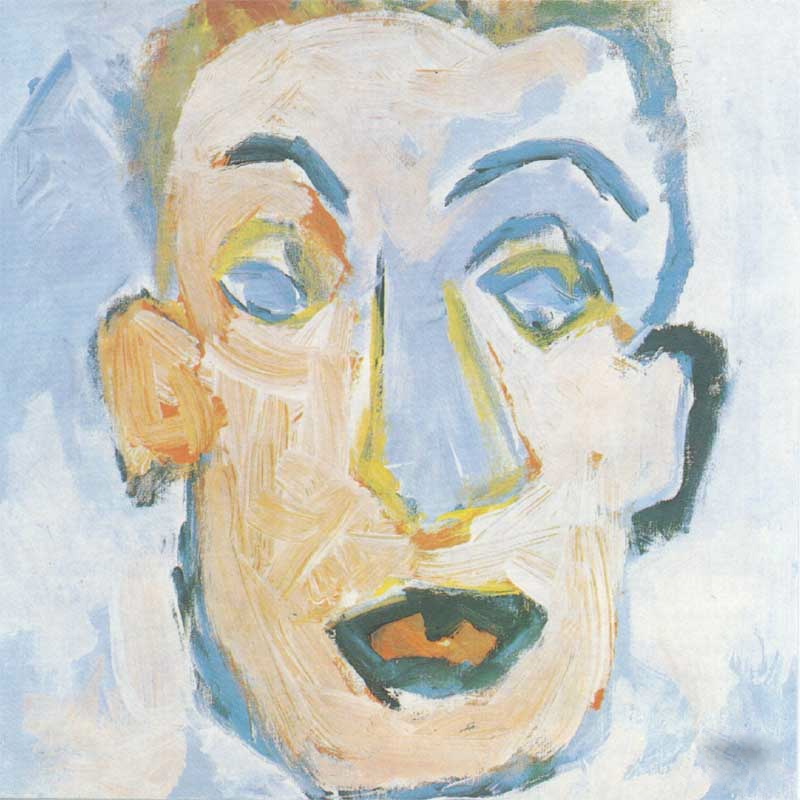
Self Portrait was not a compilation of the songs that Dylan felt defined him — a misconception that made the album utterly incomprehensible — it was a grab-bag of the songs Dylan thought might help him define his future self, his future selves.
Another Self Portrait is a clearer self portrait of Dylan — the self portrait of a magpie, a wanderer, a searcher.
To Greil Marcus’s question when he first reviewed Self Portrait — “What is this shit?” — the answer is, “This is the fallow field that will grow the wheat that will feed you in years to come.”
Click on the images to enlarge.

